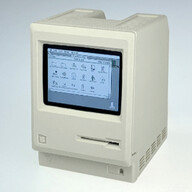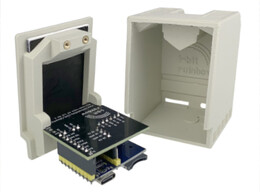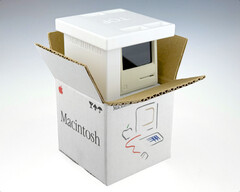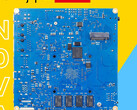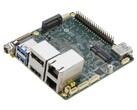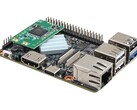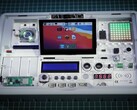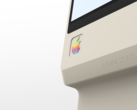Nick Gillard has unveiled one of the world's smallest working Macintosh Classics measuring in at just 62 mm (2.44 in.) tall. The project leverages the tiny WaveShare Pico Zero Raspberry Pi board running a modified version of pico-mac Macintosh 128K emulator. The fully assembled pico-mac-nano can be purchased from the 1-bit rainbow store for £56 (~$75). A boxed collectors edition can be purchased for £78 (~$105).
Macintosh emulation has been around for decades and avid users have run the operating system and apps on desktops to tablets, often using Hackintosh methods. Amusingly, the only touchscreen Macs available today are PC tablets running macOS. The pico-mac project emulates the original 128K Mac Classic on Raspberry Pi boards.
To create the pico-mac-nano, Mr. Gillard resorted to several hacks and mods to fit the working components into the diminutive 3D-printed case. The first was to work around the hardware limitation of rotating the display frame buffer to fit the 2-inch 480 x 640 pixel LCD display. The native Mac display resolution of 512 x 342 pixels could not be made to work due to limited processing bandwidth, so the pico-nano emulator was modified to output 480 x 342 pixels, which happily worked.
The LCD panel used takes an RGB input of 5-bits for red, 6-bits for green, and 5-bits for blue, but the 16 total bits again exceeds the available hardware bandwidth. The workaround was to set the two most significant bits of each color channel, significantly reducing the total bits required to drive the panel.
The case and custom interface PCB were 3D printed, allowing for easy connection of the LCD to the Raspberry Pi board. The rear-facing USB-C port on the board accepts power and connects to the external keyboard and mouse through the use of a USB-C splitter cable. The modified pico-mac emulator runs off the rear-facing microSD card.
Beginners who want to get into the world of Raspberry Pi projects can read this book on Amazon.





